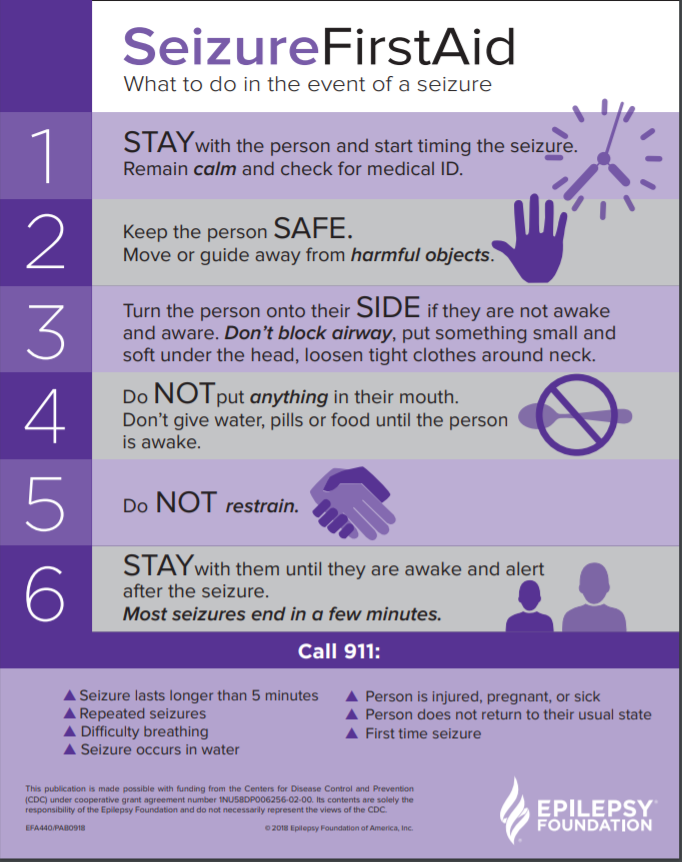#ScienceSaturday posts share relevant and exciting scientific news with the KAND community, and are compiled by Alejandro Doval. Alejandro is from Spain and serves as Team Leader of the KIF1A.ORG parent-led Research Engagement Team. Send news suggestions to our team at impact@kif1a.org.
Recent KIF1A-Related Research
Targeted Resequencing Identifies Genes with Recurrent Variation in Cerebral Palsy
Research published this week by a team from University of Adelaide in Australia adds to a growing body of evidence that KIF1A patients can often be misdiagnosed with cerebral palsy. The researchers identify KIF1A as one of several genes “which should be considered as part of a genetic diagnosis for individuals with CP.” This conclusion echoes research published earlier this year by GeneDx that found a genetic cause—including KIF1A—for nearly a third of 1,346 patients diagnosed with CP. Our own KIF1A Natural History Study led by Chung Lab currently shows that nearly 1 in 4 KIF1A patients were previously misdiagnosed with CP.
Why is this important?
Care guidelines, disease progression and future treatment options for KIF1A and CP are not the same. Undiagnosed KIF1A patients need access to genetic testing to provide an accurate diagnosis that will inform care and connect them to our community of families and scientists who are urgently working toward KAND treatment.
Rare Disease News
Strategy to Selectively Remove Mutant Proteins Could Combat Neurodegeneration
“Scientists have long been searching for ways to reduce the levels of the disease-driving proteins without also clearing their wild-type counterparts, which typically have myriad crucial functions. Writing in Nature, Li et al.1 show that this can be accomplished using compounds that interact specifically with both the misfolded part of the protein and the neuron’s protein-clearance machinery.”
What does this have to do with KIF1A?
Mutations in KIF1A often have a similar gain-of-function mechanism as mutations in the Huntington’s gene (HTT), which this research addresses. These mutations create a harmful protein and neurodegeneration in individuals affected by KAND and Huntington’s.
There are three modalities (therapeutic strategies) we’re working on in the lab to address these harmful proteins. One is identifying compounds that reduce the harmful KIF1A without affecting the working copy of KIF1A, like this study describes.
Can you guess the other two therapeutic strategies we’re relentlessly hoping will work for our neurodegenerative disease?
Answer: Antisense oligonucleotide (ASO) and gene therapy. We need your help. Donate today to advance our research and if you’re a scientist with an outside-the-box idea, comment below or contact us.
How Many Rare Diseases Are There?
“As patients with rare diseases are estimated to constitute as much as 10% of the population (see Related links), there is increasing societal pressure to develop diagnostics and therapies for rare diseases. Consequently, there is an urgent need to more precisely define rare diseases and to improve access to accurate information on such diseases in order to realize the goals of precision medicine for the many affected people.”
This article ties in nicely with the KIF1A-Related Research on CP featured in today’s #ScienceSaturday edition, doesn’t it? We agree that improved understanding and identification of rare diseases is needed to improve care and treatment options for those affected by rare diseases.
You Had Questions for David Liu About CRISPR, Prime Editing, and Advice to Young Scientists. He Has Answers.
“In his spare time, Liu co-founded Editas Medicine (EDIT), Beam Therapeutics, and Prime Medicine. STAT invited readers to submit questions to Liu on the new technology. He also received some questions directly. From his perch at the Broad Institute of MIT and Harvard, Liu answered.”
After the hype of the prime editing announcement (which we covered in the October 26 edition of #ScienceSaturday), it’s insightful to have a closer look at prime editing through what feels like an informal (though still scientific) chat with Liu.
First Aid for Seizures – Stay, Safe, Side
“The first line of response when a person has a seizure is to provide general care and comfort and keep the person safe. The information here relates to all types of seizures.”
According to the latest data from our Natural History Study, nearly half of KIF1A patients experience seizures. While the average age at the first seizure is 5 years old, the median age is 2.5 years. It’s Epilepsy Awareness Month, and a good reminder for KIF1A families to be informed and prepared.



[…] we’ve said before, because mutations in KIF1A often have a similar gain-of-function mechanism as mutations in the […]